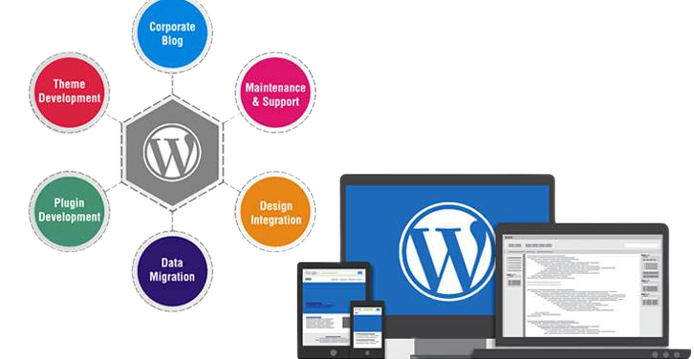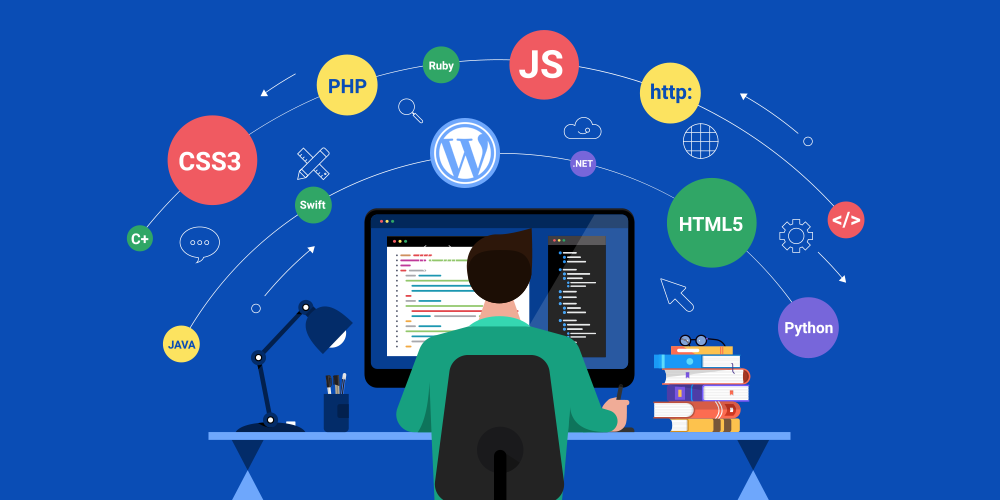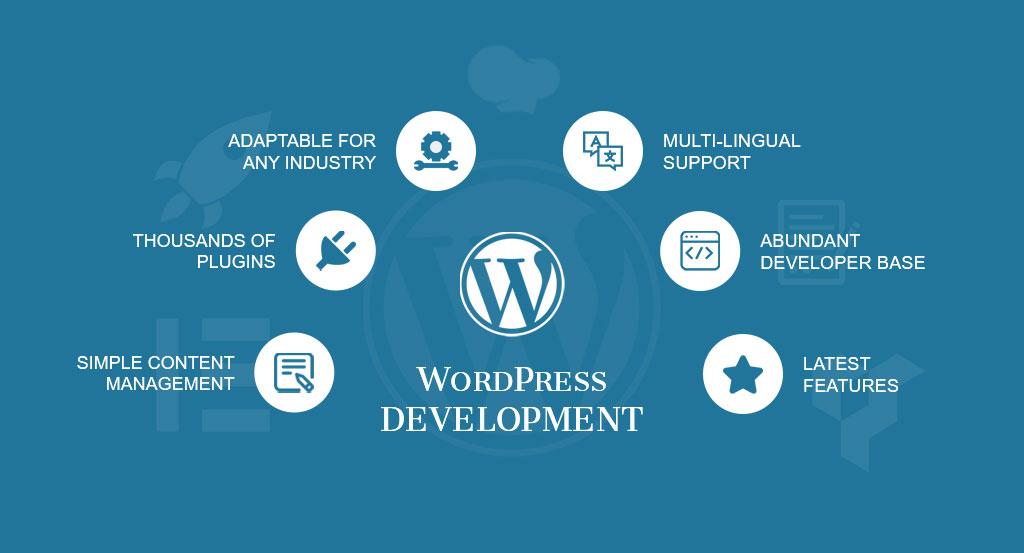A Comprehensive Guide to WordPress Development

WordPress is the world’s most popular content management system, powering over 40% of all websites on the internet. Its flexibility, ease of use, and vibrant community make it an ideal platform for creating websites of all types, from simple blogs to complex e-commerce sites. If you’re interested in WordPress development, this guide will provide you with a comprehensive overview of the process.
Why Choose WordPress for Web Development?
Before diving into the details of WordPress development, let’s explore why WordPress is such a popular choice among developers and website owners:
- User-Friendly: WordPress has a user-friendly interface that allows non-technical users to manage content, making it an excellent choice for clients and content creators.
- Customizability: With thousands of themes and plugins available, you can customize your WordPress site to meet virtually any need or design preference.
- SEO-Friendly: WordPress is designed with SEO in mind, and there are numerous SEO plugins available to help improve your site’s search engine ranking.
- Security: The WordPress community is proactive about security, and regular updates help protect your site from vulnerabilities.
- Scalability: Whether you’re starting small or planning a large-scale project, WordPress can scale to accommodate your needs.
Getting Started with WordPress Development
- Setting Up a Local Development Environment: To start developing with WordPress, it’s a good idea to set up a local development environment using tools like XAMPP or Docker. This allows you to work on your site offline and test changes without affecting your live site.
- Understanding the WordPress Architecture: WordPress follows a specific structure, with core files, themes, and plugins. Familiarize yourself with the architecture to understand where your code fits in.
- Choosing a Text Editor or IDE: Select a text editor or integrated development environment (IDE) that you’re comfortable with. Popular choices include Visual Studio Code, Sublime Text, and PHPStorm.
Creating Themes and Templates
WordPress themes control the design and layout of your site. Here’s how to get started:
- Theme Development: You can create a custom theme from scratch or modify an existing one. Themes consist of template files, stylesheets, and functions.php for adding custom functionality.
- Template Hierarchy: Understand the WordPress template hierarchy to create templates for different content types, such as pages, posts, and custom post types.
- Customizing with CSS and JavaScript: Use CSS and JavaScript to style and add interactivity to your site. Enqueue scripts and styles properly in your theme’s functions.php file.
Developing Custom Plugins
Plugins extend WordPress functionality. Here’s how to develop your own:
- Plugin Development: Start by creating a new directory in the
wp-content/pluginsfolder. Each plugin should have its own directory with a PHP file containing the plugin code. - Hooks and Filters: WordPress uses hooks and filters to allow plugins to interact with core functionality. Learn how to use these to customize your site.
- Security: Follow best practices for plugin security to prevent vulnerabilities that could compromise your site.
Optimizing for Performance and SEO
A well-optimized WordPress site is crucial for user experience and search engine rankings:
- Performance: Use caching plugins, optimize images, and consider a content delivery network (CDN) to speed up your site’s loading times.
- SEO: Install an SEO plugin like Yoast SEO to help optimize your content for search engines. Pay attention to on-page SEO factors like keyword usage and meta tags.
Regular Maintenance
Once your WordPress site is live, it requires ongoing maintenance:
- Updates: Keep WordPress core, themes, and plugins up to date to ensure security and compatibility.
- Backups: Regularly back up your site to prevent data loss in case of an issue.
- Security: Implement security measures such as strong passwords and security plugins to protect your site from threats.
- Performance Monitoring: Continuously monitor your site’s performance and make improvements as needed.
Conclusion
WordPress development is a rewarding skill that allows you to create websites tailored to your or your clients’ needs. Whether you’re building a personal blog or a full-fledged e-commerce site, WordPress offers the flexibility and tools necessary to bring your vision to life. Start with the basics, experiment, and join the thriving WordPress developer community to take your skills to the next level. Happy coding!



